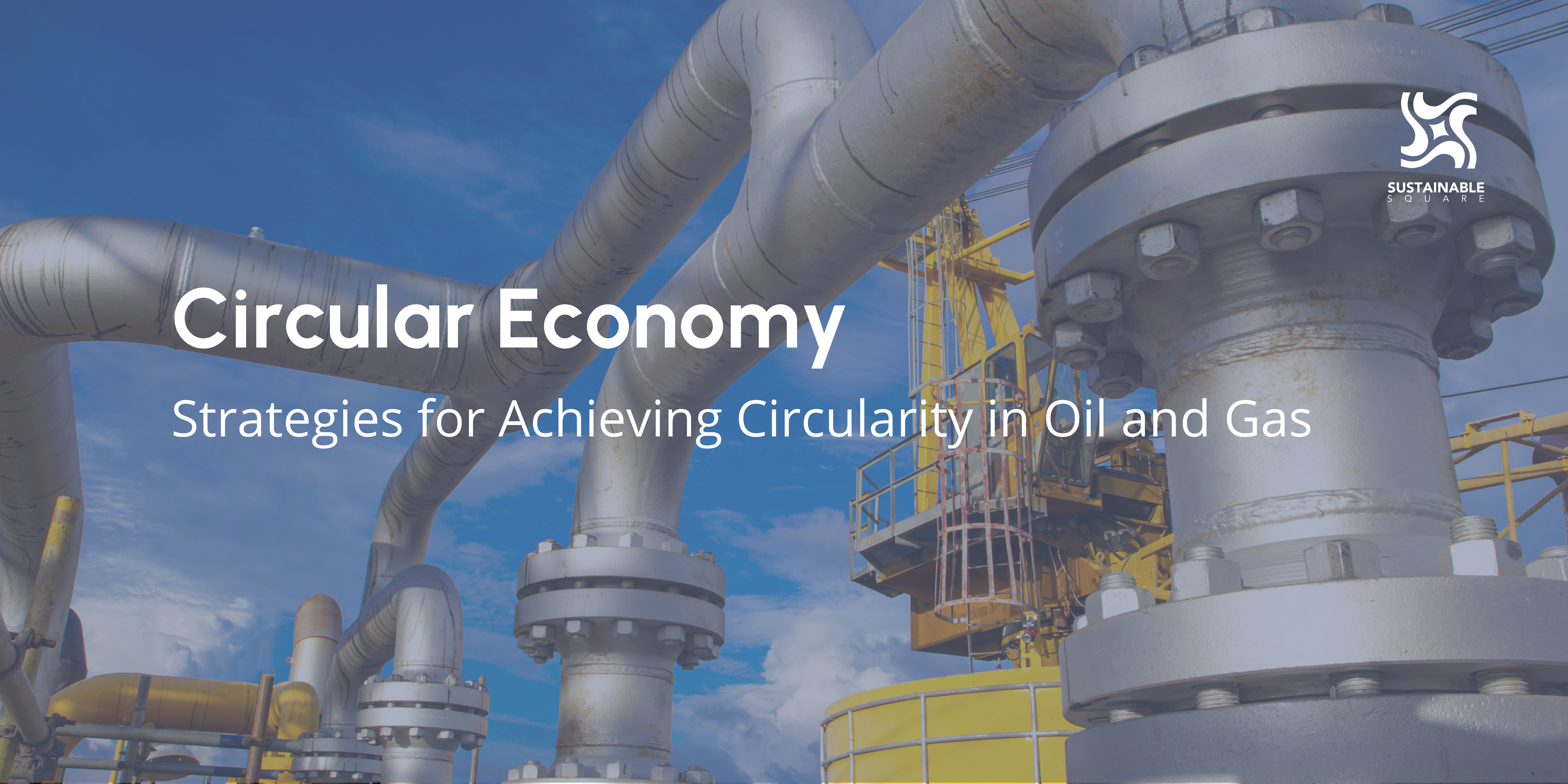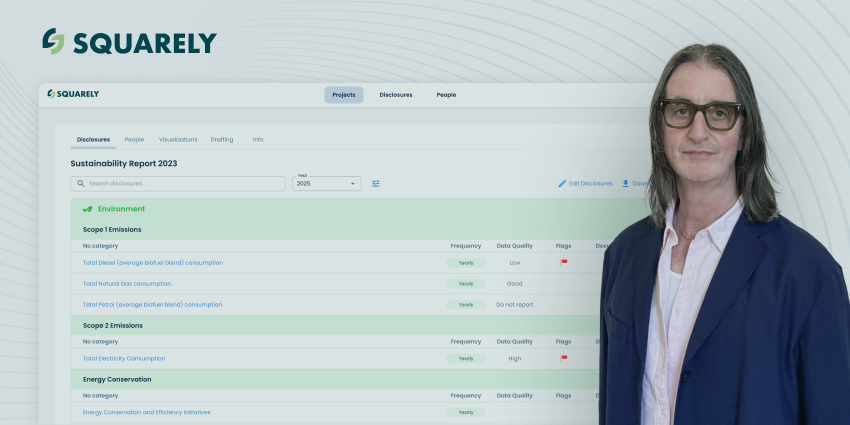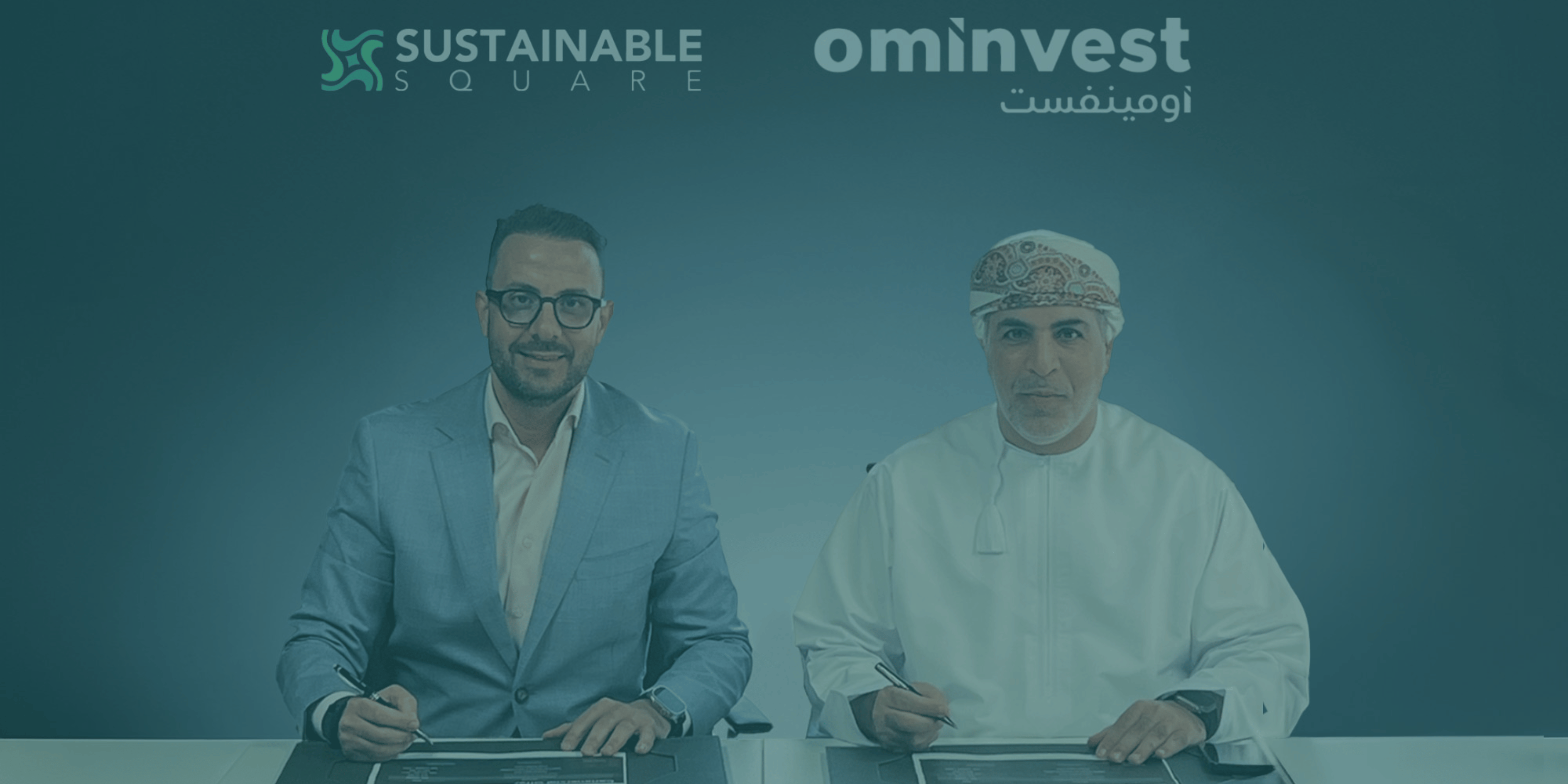Strategies for Achieving Circularity Within Oil and Gas Industry
Any circularity concept is impossible without the 3R Principles: Reduce (eliminating waste), Reuse (circulating products and materials) and Recycle (regenerating materials) through the lifecycle of oil and gas operations
The circularity concept has been deeply ingrained in human societies for centuries due to its multi-faceted benefits which include resource conservation, waste reduction, and monetary benefits. Beyond this, Circular Economy strategies offer an immense opportunity to reduce global greenhouse gas emissions by 39% while reducing the usage of virgin resources by 28% by 2032. Not only this, International Labor Organization (ILO) estimates that by 2030, a worldwide circular economy will add approximately 7-8 million new jobs.
The conversation about the circular economy has grown in the last five years, according to the Circularity Gap Report 2023. However, the percentage of secondary material has dropped from 9.1% in 2018 to 7.2% in 2023, suggesting that these discussions have not translated into actions. Modernisation and urbanisation, which have significantly increased the usage of virgin materials—roughly 70% more than the globe can sustainably replenish—are among the main causes of this loss.
GCC’s Approach to Circular Economy
The Gulf Cooperation Council (GCC) nations have historically depended on the export of gas and oil, but because these resources are limited, unsustainable in the long run and would eventually run out, it is critical that circularity concepts be used across its operational value chain. The shift to a circular economy has been a priority for all GCC countries, although Saudi Arabia and the United Arab Emirates have shown greater efforts in this regard. To elaborate more, by 2035 the Kingdom of Saudi Arabia aims to recycle or convert 94% of waste into energy instead of ending up in landfills, whereas the United Arab Emirates has rolled out a Circular Economy policy outlining the country’s approach to achieving sustainable governance and efficient use of natural resources.
Balancing Circular Economy within Oil and Gas Industries
The global face of GCC nations is represented majorly by oil and gas industries and circular approaches within this sector showcase an enormous opportunity for saving materials, money, and energy. The oil and gas sector produces a lot of waste, some of which is hazardous and releasing it could result in chemical and heavy metal contamination of surface water, groundwater, and seawater, which would be detrimental to plant and animal species as well as human health. The O&G industries across GCC nations have started embracing circular economy but they need to integrate it extensively in order to attain emission reduction or net zero goals.
For example, Petronas is making efforts to recycle plastic wastes; OQ, an Oman-based company, is working on waste reduction and hydrocarbon recovery through chemical treatment; and Oxy follows a systemic process for safe handling and disposal of waste Despite these moves, much more progress is still needed across oil and gas companies.
Oil and Gas Sector’s Circular Economy Strategy
While designing the circular economy strategy, it is imperative to keep in mind a few pointers:
Focusing on 3-Rs of Circular Economy: Any circularity concept is impossible without the 3R Principles: Reduce (eliminating waste), Reuse (circulating products and materials) and Recycle (regenerating materials) through the lifecycle of oil and gas operations, from exploration and extraction to transportation, refining, distribution, and consumption. “Companies such as ADNOC, Shell, TotalEnergies, and Oxy follow this hierarchy of Reduce, Reuse, and Recycle for waste disposal.
Focus on major waste streams: Produced waters, drilling fluid wastes, and associated wastes are the majority of wastes that contaminate water and land. Oil and gas industry while designing its circular economy practices should prioritise the aforementioned waste streams.
- Produced Water is the largest waste stream with high concentrations of hydrocarbons, heavy metals and other pollutants. As this is produced during the extraction of oil (in simple language; it is a mixture of oil and water), it is 10 times more dangerous than the toxicity of oil wells’ discharge. Oil and gas industries with significant produced water should prioritise its treatment. For example; Exxon Mobil is collaborating with the National Alliance for Water Innovation to develop advanced treatment technologies for produced water and is maximising the opportunities to reuse the recycled produced water.
- Oil-based drilling fluid wastes contain heavy metals, inorganic salts, hydrocarbons, surfactants and solid cuttings, but this composition varies across every operation site. Thus, companies should first focus on identifying the composition and then deciding the treatment plan. For example; Schlumberger is focusing on the “Closed Loop” processes and systems to handle and minimise the generated volume of waste during drilling operations and to recover/ recycle highly valuable drilling fluid or water, up to 30% volume savings with a dryer system, and reusing mud for cost savings.
- Associated wastes are produced in smaller quantities and include well completion, treatment, and stimulation fluids; sediment, water, and other tank bottoms; oily debris; contaminated soils; and produced sands. Though produced in smaller quantities, they still need to be catered to through the circular approach before disposal. For example; BP is focusing on reducing waste across activities from construction to operating and decommissioning.
Circular Procurement Chains: Focus should be on closing the loops through prioritising the procurement of materials and products made from recycled or renewable sources. This includes sourcing renewable energy for operations and incorporating bio-based materials in construction projects. Many OGCs are leading towards Sustainable Procurement Practices. BP has set its focus on sustainable purchasing to embrace circular economy thinking across suppliers for promoting reusing, repurposing, and recycling of materials.
Stakeholder Awareness: In general, for all sectors, engagement with stakeholders, including employees, communities, customers, investors, and policymakers, to raise awareness about the benefits of a circular economy approach is important and should be a part of the strategy.
The strategy provided for embracing circular economy should also be informed by the best practices from regional and global competitors. Fulfilling the potential of circularity will reshape the way oil and gas industries are approaching resource management.




